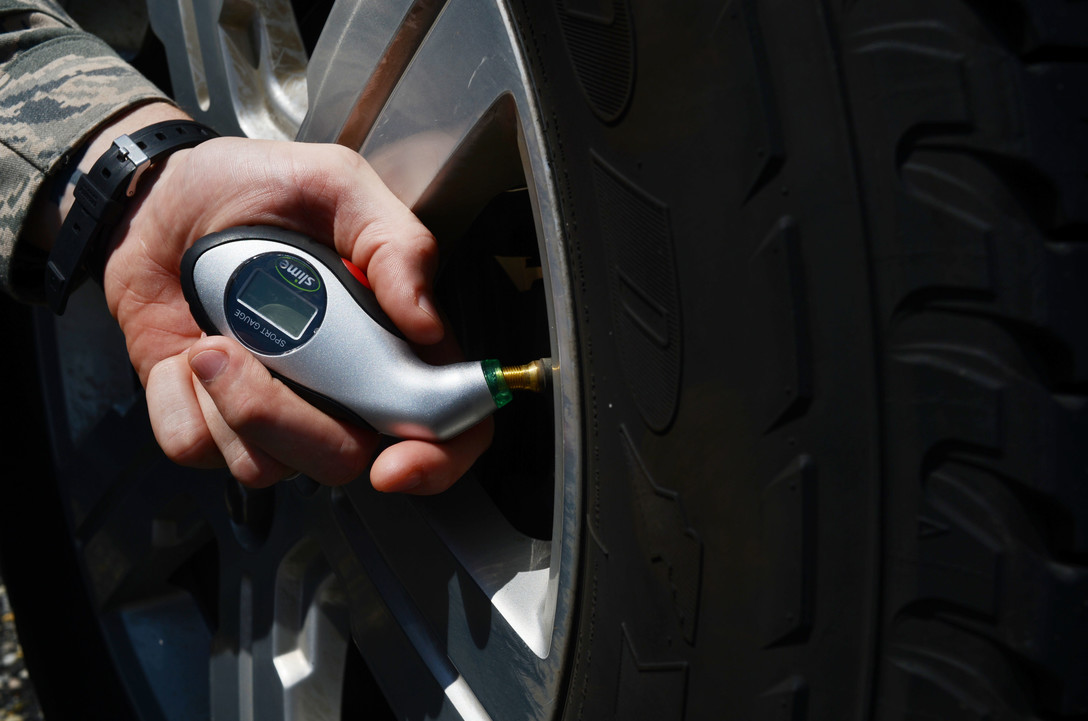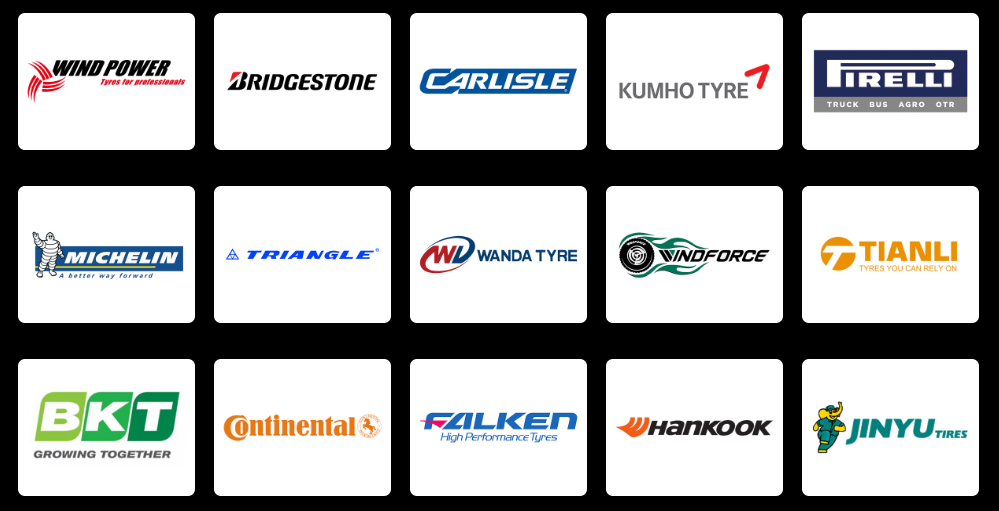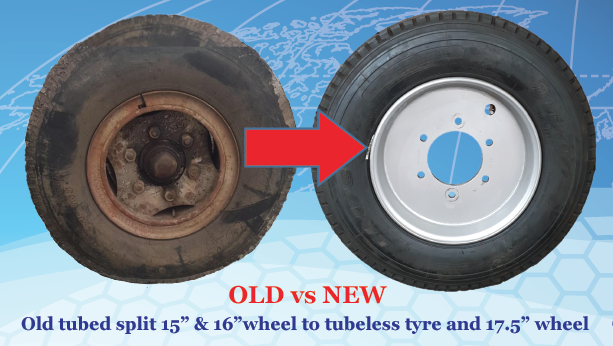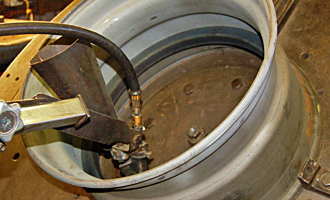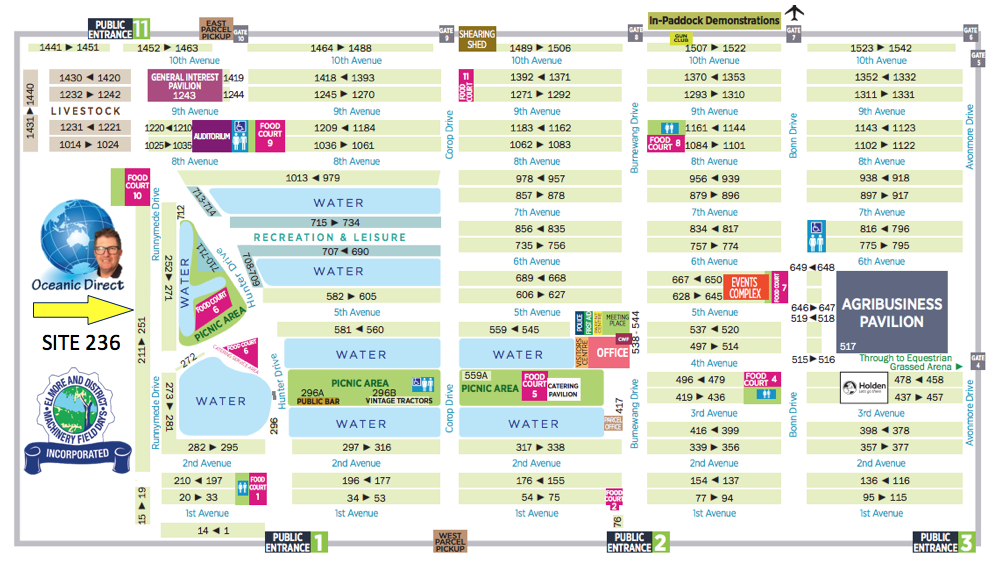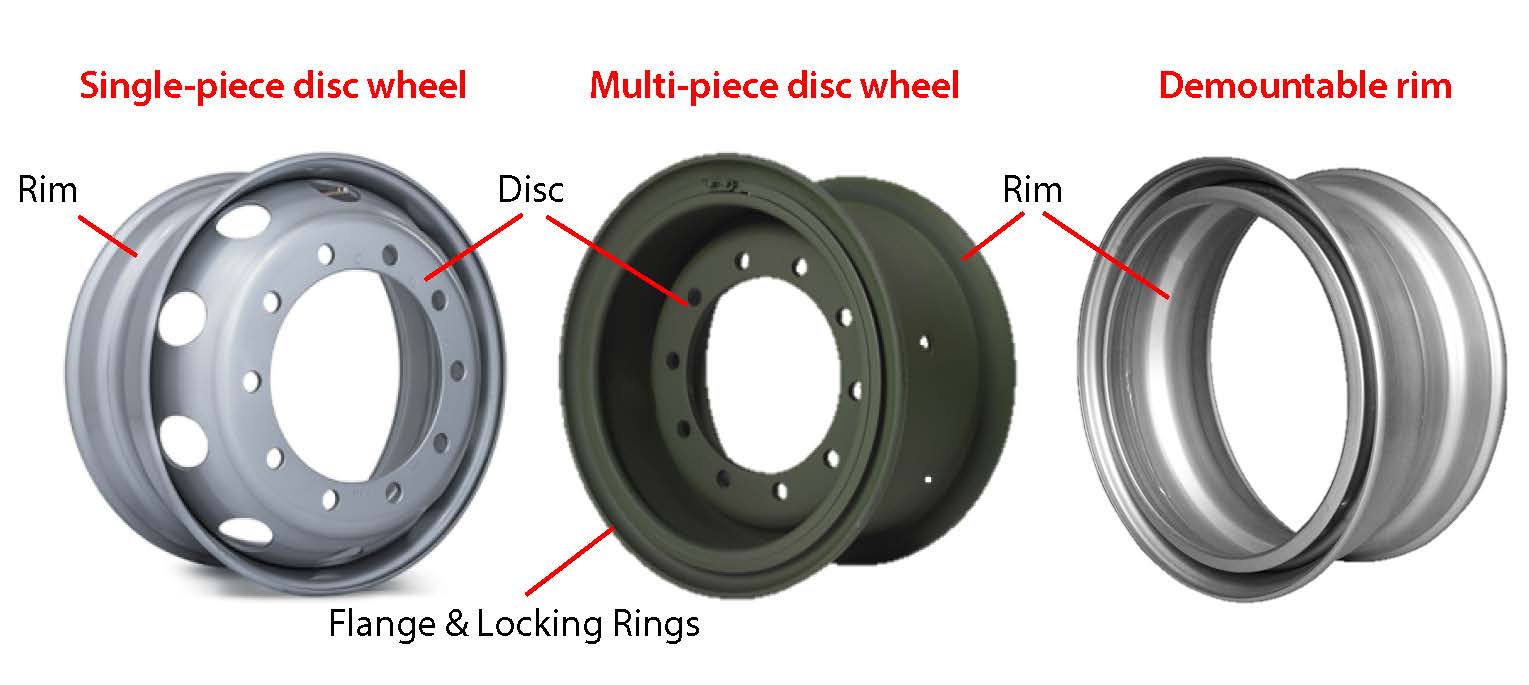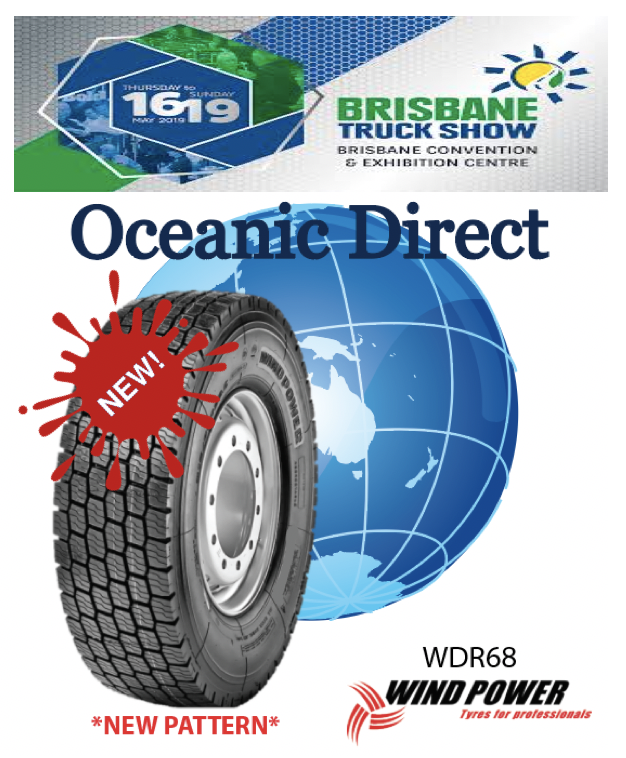
At a glance:
- Tyre load rating indicates the maximum weight a tyre can safely support, and mismatching the load rating with your vehicle’s weight can lead to premature tyre wear.
- Tyre speed rating indicates the maximum safe speed at which tyres can operate effectively, and using tyres with mismatched speed ratings can result in reduced stability and risk of tyre failure.
- Standard testing procedures and compliance with government regulations help in making informed choices while selecting suitable tyres for your vehicle.
When it comes to the safety and performance of our vehicles, the tyres we choose play a pivotal role. Tyre load and speed ratings are critical factors when selecting the appropriate tyres for our vehicles. So, buying tyres with the wrong load and speed ratings is considered dangerous for the rider and the vehicle.
In this blog, we will delve into these essential aspects, exploring their significance and understanding how they impact our driving experience. By the end, you will have a clear understanding of how load and speed ratings influence tyre performance and safety.
Tyre Load Rating
Tyre load rating refers to the maximum weight that a tyre can safely support at a given inflation pressure. The load rating is represented by a numerical value ranging from 0 to 279 and is imprinted on the tyre sidewall, typically following the tyre’s size specifications. For instance, a tyre with a load rating of 90 can support a maximum load of 600 kg, and a tyre with a load rating of 150 can support a maximum load of 3350 kg.
Understanding the numerical values of load ratings is crucial. The higher the number, the greater the load-carrying capacity of the tyre and vice versa. It is essential to match the load rating with the weight of your vehicle and any additional load it might carry. Using tyres with an inadequate load rating for your vehicle’s weight can lead to compromised safety, reduced handling, and premature tyre wear.
Exceeding the load rating of your tyres can have severe consequences. Overloading the tyres puts excessive stress on their structure, leading to potential blowouts, reduced traction, and compromised performance. It is imperative to adhere to the load rating recommendations set by the vehicle manufacturer and choose tyres that can safely handle the weight requirements of your vehicle.
Most passenger vehicles have a tyre load rating in the range of 62 to 126, and any higher-rated tyres are generally for commercial and industrial vehicles. While buying tyres online or from the store directly, you need to match your vehicle type with the corresponding tyre rating, or it may have serious consequences in the long run.
Tyre Speed Rating
Tyre speed rating, on the other hand, indicates the maximum safe speed at which a tyre can operate effectively. This rating is represented by alphabetical codes imprinted on the tyre sidewall. For instance, a tyre with a speed rating of V can handle a maximum speed of 240 km/h. The speed rating for passenger car tyres is in between alphabets T and Y.
The relationship between speed rating and a tyre’s maximum safe speed is critical. Buying new tyres with a lower speed rating than recommended for your vehicle can lead to decreased high-speed stability, increased stopping distances, and a higher risk of tyre failure. It is vital to buy new tyres with speed ratings that match your driving habits and the speed limits of your usual routes.
The consequences of using tyres with lower speed ratings than recommended can be severe, especially during high-speed driving conditions. The tyres may not be able to handle the forces exerted upon them at higher speeds, leading to overheating and potential tyre failure. Always prioritise safety and choose tyres with appropriate speed ratings for your vehicle.
Standards and Testing Procedures
The tyre industry adheres to specific standards and regulations set by organisations like the International Organization for Standardization (ISO) and the Department of Transportation (DOT). These standards ensure that tyres undergo rigorous testing to determine their load and speed ratings accurately. The testing procedures involve simulating various conditions to assess the tyres’ performance under different loads and speeds.
Government regulations also play a crucial role in tyre safety. Compliance with these regulations ensures that manufacturers produce tyres that meet the minimum safety requirements. As consumers, we can rely on these regulations to make informed choices and select tyres that are safe and suitable for our vehicles.
Load Index and Load Rating
The load index is a numerical code that corresponds to a specific load-carrying capacity. This value can be cross-referenced with a load rating chart to find the maximum load that a tyre can support.
Choosing the right load index for specific vehicles involves considering factors such as vehicle weight, load distribution, and intended usage. Ensuring that the load index matches the vehicle’s requirements helps maintain optimal tyre performance and safety.
Speed Symbol and Speed Rating
The speed symbol is an alphabetical code that represents the maximum speed at which the tyre can operate effectively. The speed rating, on the other hand, is the actual speed rating assigned to the tyre.
Various factors influence the assignment of speed ratings to tyres, including the tyre’s construction, materials used, and performance capabilities. It is essential to select tyres with speed ratings suitable for your driving habits and typical road conditions to ensure safe and reliable performance.
Load and Speed Rating Charts
Tyre manufacturers provide load and speed rating charts to help consumers identify suitable tyres for their vehicles. These charts contain detailed information on load and speed ratings corresponding to different tyre sizes and models. When buying new tyres, always consult these charts to ensure you are making the right selection.
The load and speed rating charts are invaluable resources that allow you to make informed decisions based on your vehicle’s specifications and usage requirements. By referring to these charts, you can confidently choose tyres that align with the needs of your vehicle and driving preferences.
Effects of Load and Speed Ratings on Performance
Load and speed ratings significantly influence tyre performance. An underrated tyre can negatively impact handling, stability, and braking. On the other hand, an overrated tyre may seem appealing, but it can lead to a harsh ride and compromised traction.
The key is to strike a balance between load and speed requirements for different driving scenarios. Consider the typical loads your vehicle carries and the average speeds you drive when selecting the appropriate tyres. Doing so will enhance overall performance, safety, and tyre longevity.
Tyre Maintenance and Load Rating
Regular tyre maintenance is crucial for preserving the load-carrying capacity of your tyres. Underinflated tyres can cause excessive heat buildup, leading to structural damage and decreased load-carrying capabilities. Be sure to check your tyre pressures regularly and keep them inflated according to the manufacturer’s recommendations.
By maintaining optimal tyre pressures, you ensure that your tyres can handle the loads they are rated for, maximising their performance and lifespan.
Tyre Maintenance and Speed Rating
Proper tyre maintenance also plays a significant role in preserving the tyre’s speed capabilities. Regular inspections for signs of damage, such as cuts, bulges, or uneven wear, are essential. Damaged tyres can compromise speed rating and may not be safe for high-speed driving.
In conclusion, understanding tyre load rating and tyre speed rating is vital for selecting tyres that offer optimal performance and safety. Load rating determines the maximum weight a tyre can support, and exceeding it can lead to compromised performance and potential tyre failure. On the other hand, speed rating indicates the maximum safe speed at which a tyre can operate effectively, and using tyres with lower speed ratings than recommended can lead to hazardous situations at high speeds.
Load and speed rating charts provided by tyre manufacturers help to make informed decisions when buying new tyres. Additionally, prioritise regular tyre maintenance to preserve load-carrying capacity and speed capabilities.
By understanding and adhering to these essential factors, you ensure a safer and more enjoyable driving experience while also extending the life of your tyres. Make informed choices when buying tyres based on their load and speed ratings, and your vehicle will reward you with enhanced performance and increased safety on the roads.
